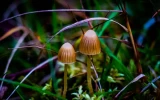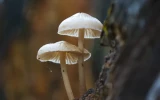Do You Mist and Fan Monotub - and When?
Have you ever wondered how to grow mushrooms using the monotub method? It's all about finding the perfect balance of moisture and air in your container. But how do you know when to fan and mist your tub? And do you really need to do it at all? As it turns out, the science behind this technique is all about trapping humidity while still providing fresh air for your mushrooms to thrive.
The monotub needs misting and fanning once you see pinheads forming. Mist the walls of the tub using a fine misting bottle. At least 10 sprays are enough per day. Fanning must be done immediately after misting and must be performed for 30 seconds, twice a day until the fruiting stage ends.
Air exchange and humidity are two of the most important factors that will determine the growth of your mushrooms when using the monotub method. Below are helpful tips on how to mist and fan your monotub the right way. Let's take your mushroom-growing skills to the next level.
Summary
- Monotub chambers need to be misted and fanned once pinheads start to form.
- Misting is done using fine mist sprayers. At least 10 sprays are enough each day. Mist daily during the entire fruiting stage.
- After misting, fan the tub by slightly lifting the lid and moving up and down to create a fan-like effect. Do this for 30 seconds, twice a day, until the fruiting stage ends.
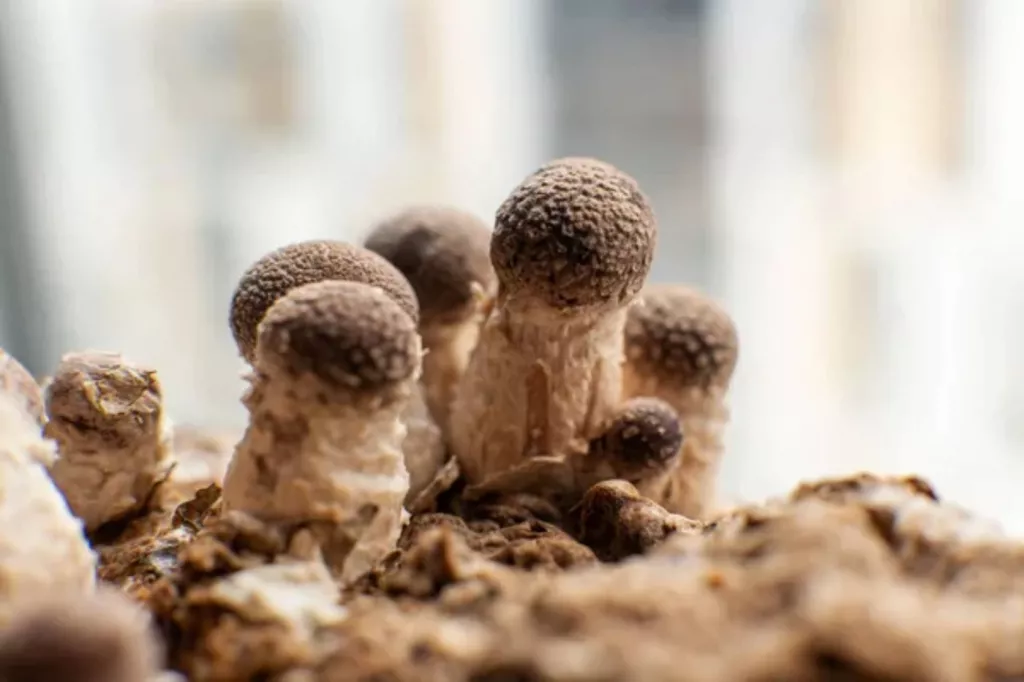
On this page:
Misting and Fanning are Done to Encourage Fruiting in Monotubs
The humidity level in a monotub must be kept within 80–95% to promote pinhead formation, hence the start of the fruiting stage. Keeping the humidity level within this range is possible through frequent mist applications.
Anything higher than this range may encourage the growth of bacteria and molds, which will compete with the mycelium in the substrate. Anything lower than this range can also negatively impact your mushrooms and may cause pins to dry out or become discolored.
Different mushrooms require different humidity levels to produce fruiting bodies. Button mushrooms require a high humidity level of about 90% to set fruit. On the other hand, oyster mushrooms and lion’s mane mushrooms will fruit when humidity is set at around 85–95%.
Aside from humidity, proper ventilation, which brings in fresh oxygen and removes CO2, can also help your mushrooms fruit. Air exchange is one of the main triggers that sets fruiting conditions for indoor mushroom growth.
Lack of fresh air during fruiting may produce mushrooms with small caps and elongated stems and also encourage the growth of anaerobic bacteria. To prevent these scenarios, providing a good ventilation system for your mushrooms is a must. Manual fanning can also do so much to keep good air circulation.
If you opted to use the monotub method to grow and fruit your mushrooms, a high humidity level of about 95% is needed to encourage fruiting. At the same time, increased fresh air exchange is also a must.
To achieve the ideal humidity and air exchange in a monotub chamber, misting and fanning are required. However, the right timing for misting and fanning the monotub setup should only commence when you see pinheads sprouting from your substrate.
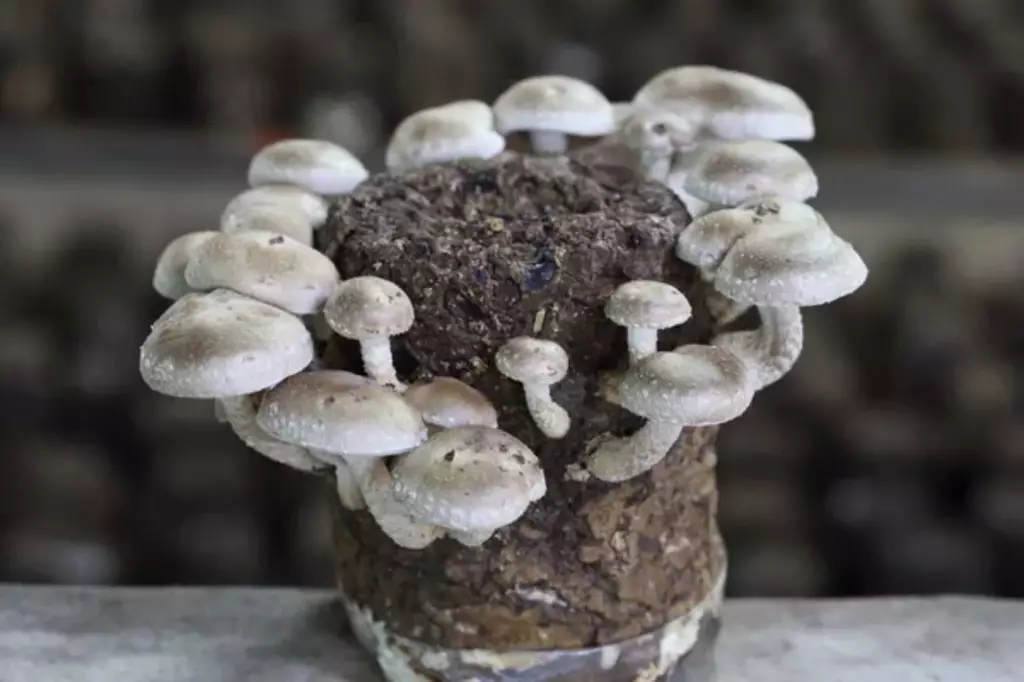
To be successful in mushroom cultivation, you must be mindful of the growing process from the colonization stage to the fruiting stage. Fruiting in mushrooms will only be possible if specific growing conditions are met. Two of the most important factors that trigger mushroom fruiting are fresh air exchange and humidity.
Humidity is essential for mushroom growth. Mushrooms grown in humid environments are often larger and tend to have a longer shelf life.
The Right Way to Fan and Mist Your Monotub
Fanning and misting are two methods that can help mushrooms in monotub chambers to fruit. Monotub chambers serve two purposes – as an incubator and a fruiting chamber.
During the incubation phase, drilled holes in the monotub are completely covered with duct tape. This allows full colonization of the mycelium. Once the mycelium has fully colonized the substrate, the duct tape is removed and replaced with an adhesive filter or polyfill.
During the colonization phase, the mycelium produces plenty of CO2 which causes the substrate to be slightly heated. This build-up of CO2 needs to be removed to allow the mycelium to produce pinheads which will develop into mature mushrooms.
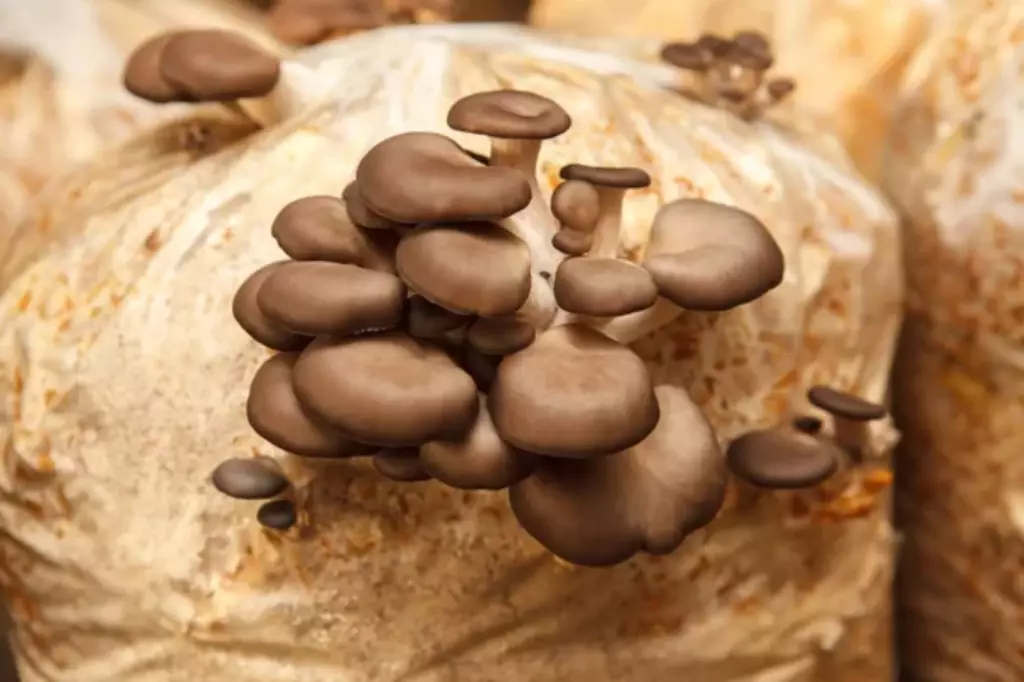
Substituting the duct tape with polyfill to cover the holes of the tub will create airflow and increase humidity. The warm air from the substrate rises and comes out of the upper tub holes, while cool fresh air enters the lower holes in the tub.
Too much fresh air, however, can dry out the substrate, so to prevent this, the polyfill cover of the lower tub holes must be packed tightly while the polyfill cover of the upper holes must be packed loosely.
All these activities promote the right amount of fresh air and humidity to trigger the pinning process and mushroom fruiting. When you see start to see pinheads after subjecting the tub to these ideal conditions, you can help fasten the process by fanning and misting the tub.
Misting must be done daily throughout the whole fruiting process. Use misting bottles or applicators with fine mist adjustment and make sure to use clean water. To properly provide a humid environment for the mushrooms to fruit inside the chamber, slightly remove the lid and mist the tub walls.
At least 10 sprays or pumps are necessary to keep the humidity high inside the monotub. Avoid directly misting the substrate or the mushroom pins as it may cause malformations. Also, avoid overwatering to prevent bacterial growth.
Immediately after misting, fanning should come to follow. Some growers use the lids of the monotub container and fold it in half to introduce fresh air inside and remove CO2 build-up.
The best practice, however, is to open the lid slightly and move it up and down to create air exchange. Do this 30 times (count to 30 seconds), twice a day. This removes any CO2 being produced as the mushrooms grow and lets in oxygen. At the same time, not removing the lid lessens the risk of contamination.
If you’re not into manual labor, you can make a few modifications to your monotub setup. Although monotubs are made to be automated, you can add a few optional devices to help maintain and control necessary fruiting conditions daily.
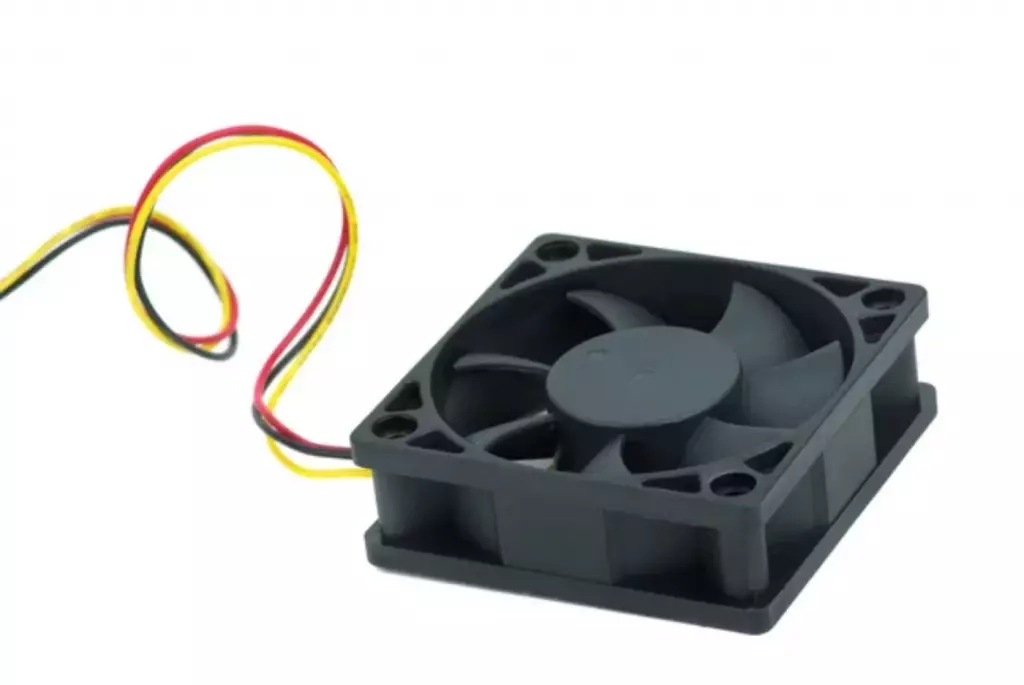
If you’re a newbie in mushroom cultivation, you may want to opt to use a fan to provide ventilation for your monotub mushrooms.
Install a PC fan on the lid or on the wall of the monotub to provide additional fresh air exchange.
This can help correct the fruiting conditions especially if your monotub has issues with airflow and relative humidity. You may want to connect the fan with a temperature or humidity controller so it can automate the fanning based on the humidity controller data.
The downside of this setup is that too much fanning may cause the top layer to lose moisture abruptly. As a solution, only run the PC fan 3–4 times a day and mist the walls of the tub as needed. If condensation naturally occurs on the walls of the tub, this means natural airflow is working properly and additional fanning can be skipped.
